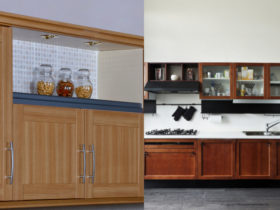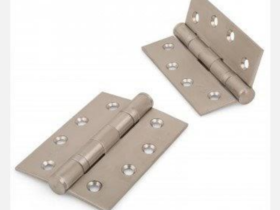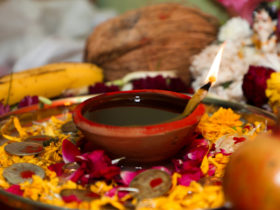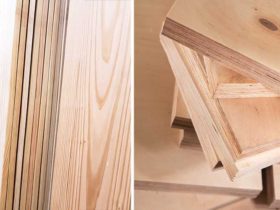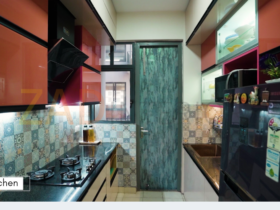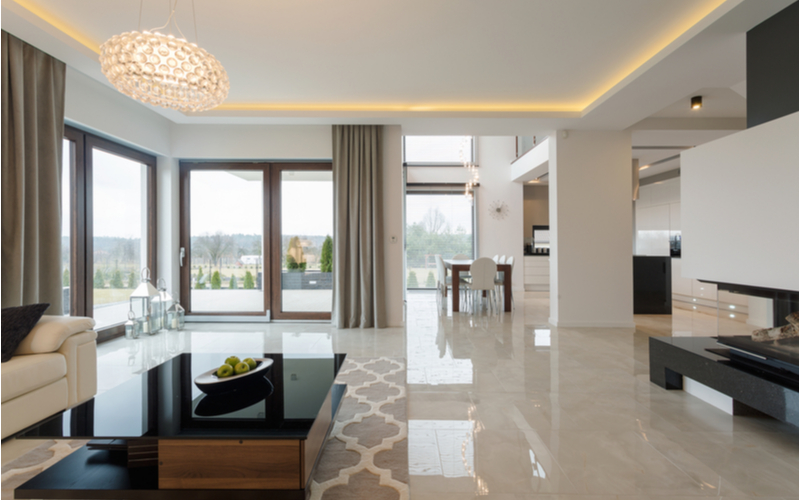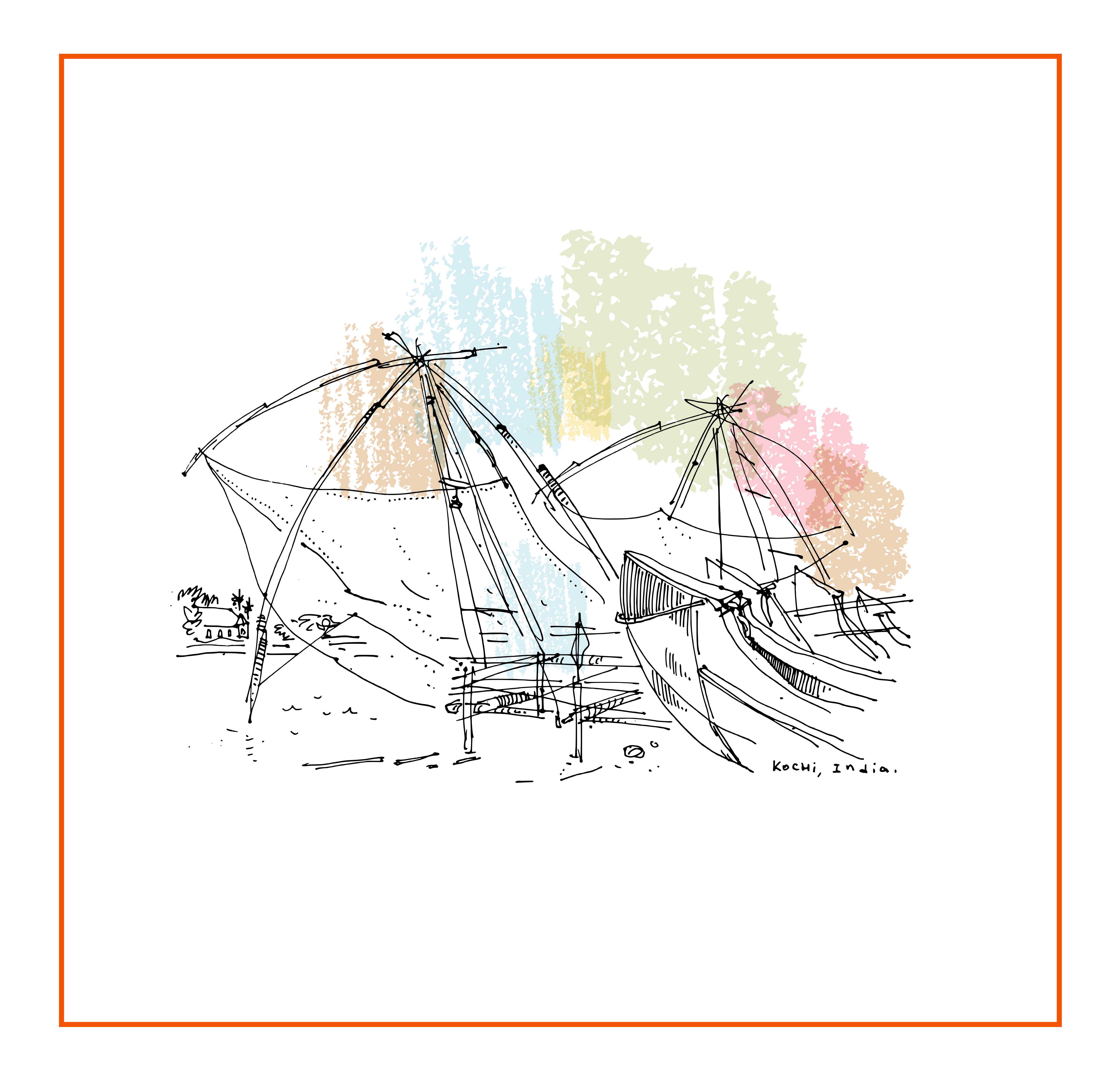Table of Contents
Indian Marble Vs Italian Marble
Marble has a timelessly elegant charm, be it used for the living rooms, kitchen countertops, or bathrooms. It has always been among the most popular natural stones for home decor, and Italian and Indian marble are the most widely used varieties. In North India, Indian marble is extensively mined, making it a cost-effective option available in a wide range of colours and textures. It has a medium luster and is a stone that is comparatively stronger. The high luster and the potential to impart visual appeal to the place where it is used are highly admired in Italian marble. We bring you the lowdown on Italian marble vs. Indian marble in this article so that you can make an educated choice for your home.
1. Aesthetics
Indian marbles come in a range of beautiful colours, such as white, pink, green, yellow, grey, and black. Compared to Indian marble, Italian marble doesn’t always come in a range of colours. Black, White, Grey, and Rose are the popular Italian variants. Italian marble, while Indian marble has a medium luster, has very high-quality luster, pearly and luminescent. Most Indian marbles have a more solid look and feel than the delicate, fragile look of Italian marbles. Italian marbles are commonly available in 18-20 mm stone blocks, but different thicknesses of Indian marbles are available and can go up to 30 mm. Italian marbles are available only as slabs that are polished. Indian marbles might however be polished or unpolished. Both forms of Italian marble stones are available in slab form only but marble tiles, slabs, and blocks come in the form of Indian marble. Italian marble is widely preferred and considered the best alternative for outstanding interior design since it is rich in luster or gloss.
2. Installation
The cost of laying is almost the same in Indian marble and Italian marble, ranging from Rs.100 to 300 per Sq Ft. Italian marble is fragile and requires highly skilled workmen and good supervision during installation, while a lower level of skills is required for Indian marble. During installation, Italian marble slabs should be perfectly levelled, otherwise deep cracks over a period of time can develop. Italian marble, as it is mined in Italy, is less available than Indian marble. So the departure of the shipment could delay the installation. Italian marble, however, is admired for its cozy and charming high luster that gives every building visual appeal.
3. Durability
Source: Wikipedia
The durability of structures such as the Parthenon, the Tower of Pisa, and the Statue of David demonstrates the resilience of Italian marble. These monuments were made from standard Italian marble, and for centuries they have been able to resist corrosion. Italian marbles, however, are now cut into thin slabs to illuminate the atmosphere of luxury. The marble is rendered brittle by these thinner cuts. Consequently, pronominal hair cracks form over a period of time in the marble. So to give it extra protection, a thin nylon net is glued to the back of the slab. Additionally, to prevent the sides from cracking during shipping, hard stones are glued to the edges of the Italian marble. Over time, marbles lose their luster, so they have to be regularly polished to maintain their shine. Due to its robust nature, Indian marble is very durable. Italian marble’s porosity is much smaller, so it absorbs stains very quickly. Indian marble has a significantly higher porosity than Italian marble. Overall, relative to Indian marble, Italian marble maintenance is higher.
4. Applications
Italian marble is tender and vulnerable to scratches. Therefore, on flooring made of Italian stones, heavy objects should never be moved. The stone is mostly used for decorative purposes, considering its delicate character. Some of the stone’s most common uses are in accent walls, tabletops, mantelpieces. Other smaller applications include the use of decorative trays, dispensers of soap, and showpieces. When it comes to Indian marbles, because of their rigid character, the applications are higher. The Indian varieties do not scratch or stain readily. They are therefore widely used as kitchen countertops, walls for the bathroom, accent walls, and tabletops. In bathrooms, living rooms, and kitchens, Indian marble flooring is also suitable.
5. Cost
Italian marble is sold at Rs. 350 to Rs. 5000 per Sq. at a number of price points. Italian marble slabs are very costly, mostly due to import duties compared to Indian stones. Their highly lustrous existence, however, causes Italian stones, despite their inflating price tags, to sell out like hotcakes. Indian marble pricing starts from as low as Rs. 50 per sq. ft and grows to Rs.250 per sq. ft thanks to Rajasthan, Gujarat, Andhra, and Madhya Pradesh quarries. Italian marble comes in a range of texture and colour, but with a small range that includes white Statuario marble, golden Botticino marble, and light grey Carrera marble. For fans of marble, Indian marble has more than hundreds of colours. Ambaji marble, radiant white Makrana marble (Taj Mahal), onyx marble, and Indian green marble all make a major difference to Indian stone. These materials are highly popular for export purposes.
6. Hygiene and Well-Being
Italian marbles are resin-saturated, providing a higher degree of hygiene than other tile products. Due to its water and frost resistant nature, Vitrified Tiles often possess characteristics such as fighting against microorganisms. Indian marble, however, is non-synthetic and chemically free, so the stone is, therefore, better for the wellbeing of our rooms and our physical well-being. Italian marble, however, has nylon backing and is treated with environment-damaging epoxy resins, matching pigments, and chemical resin sealant.
Conclusion
Whatever marble you pick, you need to take good care of them. Always remember to use a mild floor cleaner based on detergent or one that is specially made for marbles. Over time, marbles can also lose their shine. So at regular intervals, to create a protective shield against staining and scratching, marbles need to be regularly polished and sealed. If you choose marble, your home is sure to have a majestic and elegant feel, whatever your decision might be. The ambiance and longevity of your home will be largely determined by your choice of marble. Both marbles have high resilience, but they differ largely depending on material, appearance, and colour. Both of them have pros and cons of their own. Keep them in mind before choosing the best one for your home.

